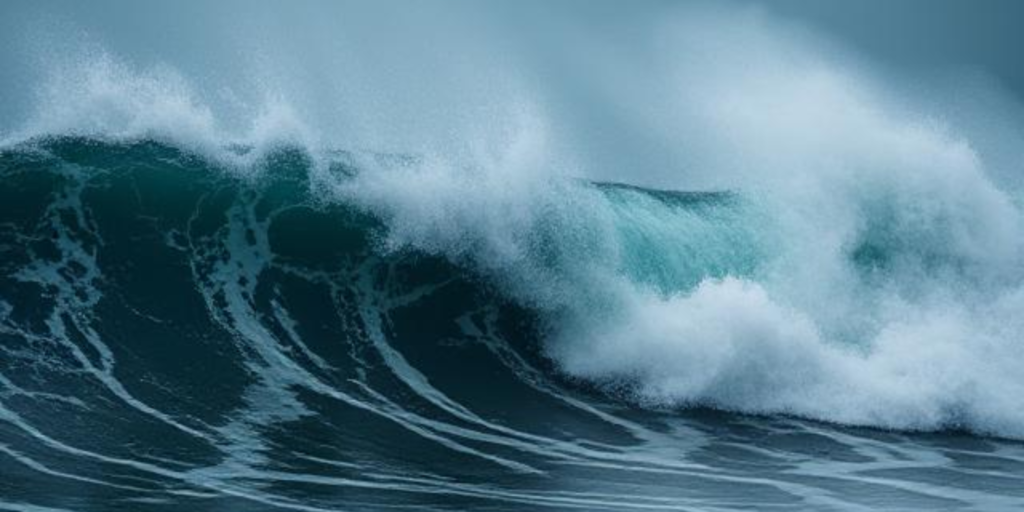
Is Canggu Safe From Tsunamis? Canggu, a charming coastal village in Bali, Indonesia, has gained popularity among travelers, surfers, and digital nomads. Its stunning beaches, trendy cafes, and laid-back atmosphere make it a favorite destination. However, given its location along the Indian Ocean, some wonder about the potential risks of tsunamis in the area. This article explores whether Canggu is at risk, what measures are in place, and how both residents and visitors can stay safe.
Understanding Tsunamis and Bali’s Location
Tsunamis are massive waves generated primarily by underwater earthquakes, volcanic eruptions, or landslides. Indonesia, including Bali, sits in the Pacific Ring of Fire, an area known for its high seismic activity. This means the island is prone to earthquakes, which in turn can trigger tsunamis.
While Bali has not experienced a devastating tsunami in recent history, past events in Indonesia, such as the 2004 Indian Ocean tsunami, have raised awareness of the risks. Since then, efforts have been made to improve early warning systems and disaster preparedness.
Is Canggu at Risk of a Tsunami?
Canggu’s western coastline faces the Indian Ocean, an area where seismic activity can lead to tsunamis. While some parts of Bali, like Sanur and Nusa Dua, have historically been considered more at risk, Canggu is not entirely safe from the possibility of a tsunami. Here’s why:
- Seismic Activity: Earthquakes in nearby regions, such as off the coast of Sumatra or Java, have the potential to send tsunami waves toward Bali, including Canggu.
- Coastal Exposure: Canggu’s relatively flat, open shoreline provides little natural protection against large waves.
- Increasing Tourism: With more visitors flocking to Canggu, ensuring safety measures are in place becomes even more critical.
Tsunami Preparedness in Canggu
Although the risk exists, several systems and precautions help reduce the potential danger in Canggu:
1. Tsunami Warning Systems
Indonesia has an extensive tsunami warning system that includes seismic monitoring and ocean buoys to detect unusual wave activity. Bali has installed sirens in key locations, but Canggu has fewer than other high-risk areas like Kuta and Sanur.
2. Evacuation Plans and Safe Zones
Authorities have mapped out evacuation routes to guide people toward higher ground in case of a tsunami. While Canggu’s relatively low elevation poses challenges, designated safe areas exist further inland. Visitors should familiarize themselves with evacuation maps available in hotels and public spaces.
3. Community Drills and Awareness Programs
Bali periodically conducts tsunami drills to train locals on what to do during an emergency. While these efforts are beneficial, more awareness is needed among tourists who may not be familiar with tsunami safety protocols.
Steps to Enhance Safety in Canggu
Although current precautions help, further improvements could increase safety:
- More Warning Sirens: Additional sirens in Canggu would improve emergency alert coverage.
- Clearer Evacuation Markers: Well-marked evacuation routes and safe zones would help guide people quickly during an emergency.
- Stronger Public Awareness Campaigns: Hotels, cafes, and businesses should inform guests about tsunami risks and safety measures.
- Improved Coastal Defenses: Planting mangroves and implementing other protective measures could help reduce the impact of large waves.
Conclusion
While Canggu is not the most tsunami-prone area in Bali, the possibility remains due to its coastal location and Indonesia’s seismic activity. The existing early warning systems and evacuation plans provide some level of security, but more awareness and infrastructure improvements are needed. By staying informed and prepared, both locals and visitors can continue to enjoy Canggu while ensuring their safety in the unlikely event of a tsunami.





